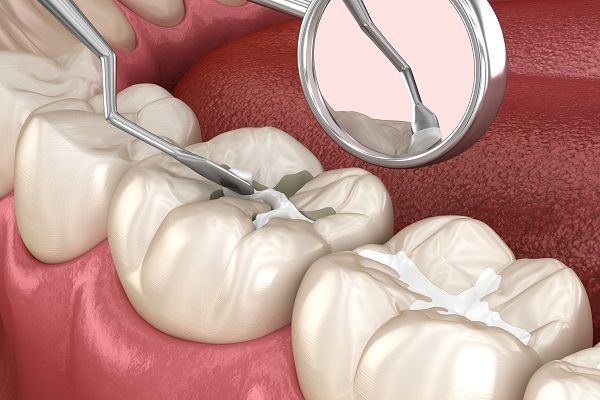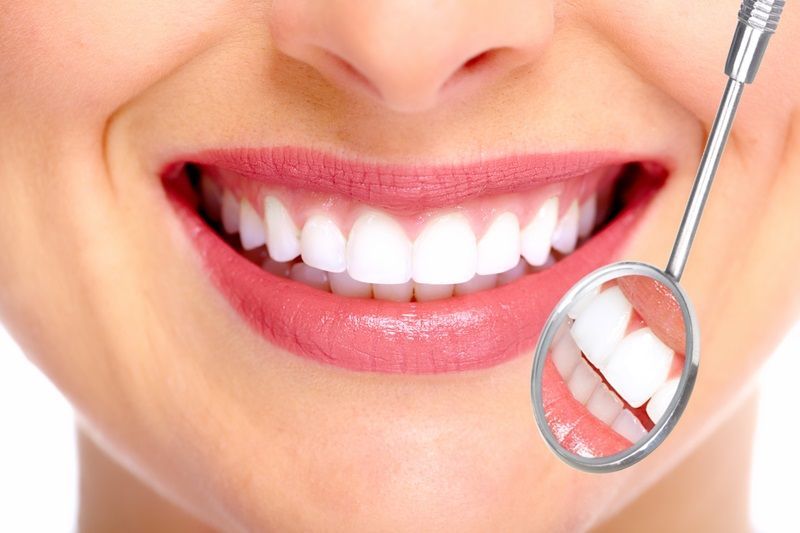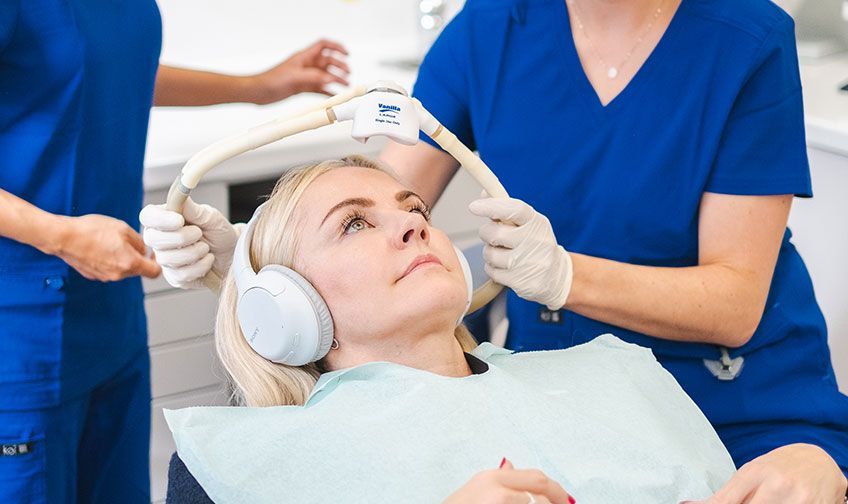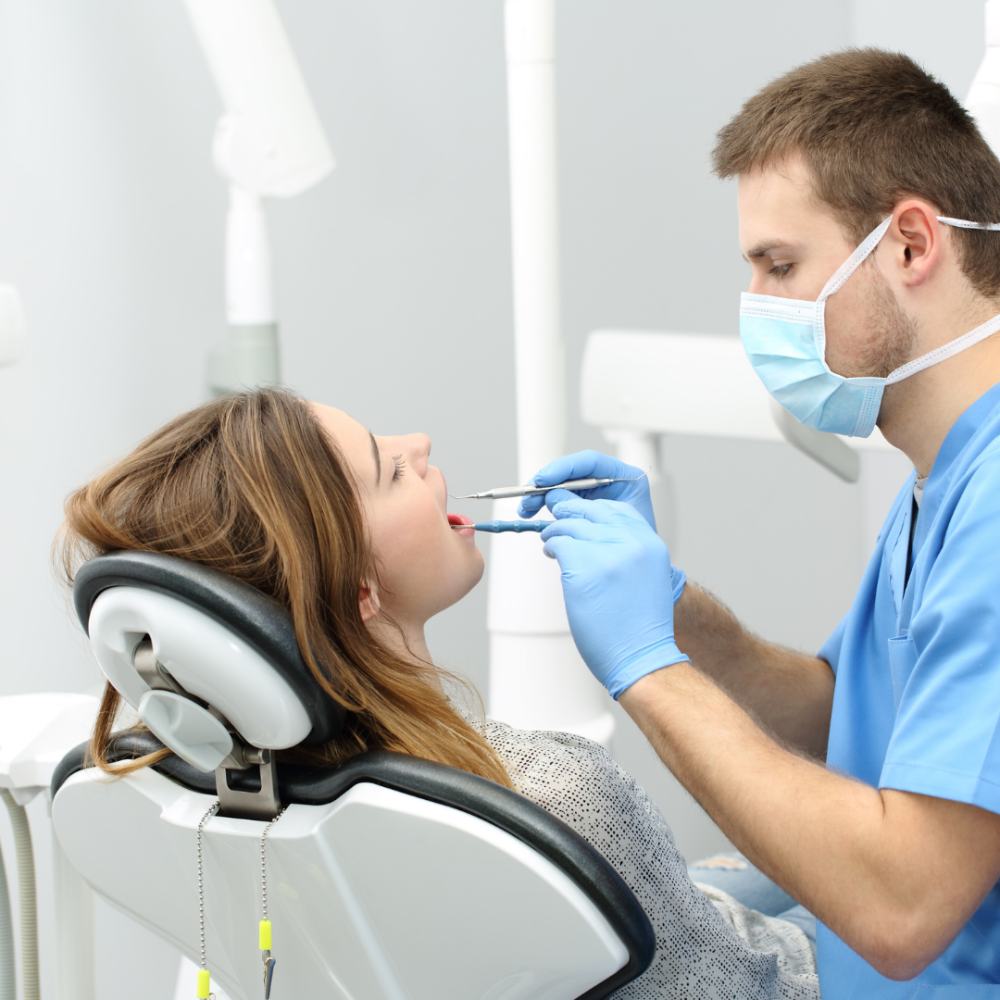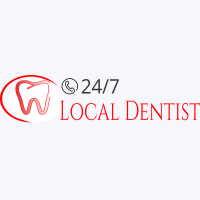
Does the term “oral surgery” frighten you? It is understandable, as surgery basically means cutting into the body. Many people are nervous about going to the dentist, even for routine care. Add the word surgery to dental, and panic may set in. So, what does a dental surgeon specialist do that is different from a general dentist ?
Should you be nervous about dental or oral surgery? Hopefully, some understanding of the nature and practice of dentistry that involves surgery will help ease your fears. Let’s “cut” through the subject’s intricacies and dive into it.
Defining Oral Surgery
Oral surgery is commonplace in dental practices and only requires a local anesthetic. Many individuals are unaware that having a tooth pulled is considered oral surgery. There is no reason to be fearful or anxious about the term surgery.
Oral surgery encompasses any medical procedures done on the teeth, jaw, and gums. Depending on the nature of the procedure, it may be performed in a general dentist’s office. A simple tooth extraction, for example, can be called oral surgery or, in a clinic setting, a dental surgeon specialist.
More complicated procedures like wisdom teeth extraction are the most often performed dental procedure . Because the ordinary mouth lacks the space necessary to support the two additional teeth in the back, people who have wisdom teeth growing in nature can have them extracted by a family dentist. In some circumstances, your general dentist may recommend that you consult an oral surgeon, including the following:
- Wisdom teeth that are impacted and are not growing in straight
- Angled wisdom teeth on the side, front, or rear
- Embedded wisdom teeth in the jawbone
These circumstances often necessitate total anesthesia (putting you to sleep entirely), and a more complicated surgical treatment than your regular dentist is capable of doing.
Oral & Maxillofacial Surgery
Oral surgery is sometimes performed at Oral & Maxillofacial Surgery Units. These units are concerned with problems impacting the jaw and face region. Oral-Maxillofacial Surgeons (OMS) are experts in oral problems involving the mouth and maxillofacial problems involving the jaw and face.
Dual qualifications in dentistry and medicine are required for this type of dental surgeon specialist since an Oral-Maxillofacial Surgeon must treat diseases that need knowledge and experience in both fields.
These illnesses include but are not limited to, diseases of the salivary glands, head and neck malignancies, and infections and ulcers of the oral mucosa. Certain Oral-Maxillofacial Surgeons elect to specialize in one of these areas to achieve sub-specialization within the wider discipline.
Depending on the nature of your referral and the dental clinic you are visiting, you may be examined by an Oral Surgeon or an Oral Maxillofacial Surgeon.
A dentist would often refer patients to an oral surgeon for difficult extractions, repair of congenital growth anomalies, or if the patient has a complicated medical history. A qualified and professional oral surgeon is capable of performing the following operations:
- The removal of impacted and/or diseased teeth
- The placement of dental implants
- The correction of facial injuries to the jaw/mouth region
- Diagnosing and treating facial pain caused by temporomandibular joint (TMJ) problems or other types of joint problems
- Performing cosmetic or reconstructive surgery on the facial bone, jaw, or soft tissue of the face as a result of a tumor or cyst removal or facial trauma
- Performing Orthognathic (Corrective Jaw) surgery to improve breathing, chewing, or speaking issues
An oral surgeon may provide additional services, and your dentist will be able to advise, inform, and refer you if any operation is judged essential.
The most often performed oral and maxillofacial surgical procedures are dental implants and wisdom tooth extraction. However, OMSs accomplish much more. Since the specialty’s inception, OMSs have expanded their scope of practice to cover all aspects of maxillofacial surgery. Their expertise and talents enable them to oversee the complete maxillofacial skeleton’s bony and soft tissue repair.
Significant areas of Oral-Maxillofacial Surgeons practice include the following:
Anesthesia
Oral-Maxillofacial Surgeons get extensive training in all facets of pain and anxiety management, including general anesthesia/deep sedation and conscious sedation. They get extensive ambulatory anesthesia and airway management training, preparing them to provide safe and effective anesthetic treatments in dentist offices and other ambulatory settings.
Dentoalveolar Surgery
The extraction of diseased or impacted teeth is the cornerstone of the majority of OMS practices. To facilitate their eruption into a functional and esthetic position, surgical exposure of impacted teeth is a critical component of dentoalveolar surgical surgery. Other common office treatments include denture preparation, oral infection therapy, and biopsy of suspected lesions of the hard and soft tissues. Additionally, OMSs are the primary referral source for general dentists seeking guidance or diagnosing oral surgical disorders.
Dental Implants
Dental implants are metal cylinders made of titanium that are used to replace tooth roots. They are inserted into the jaw bones and grow into them, securing them in place. Dental implants are a very successful method of tooth replacement. Dental implants can be used to replace one or more teeth comfortably and permanently and are widely recognized as one of the most significant developments in dentistry in the previous 50 years. Dental implants are used to restore lost teeth . Oral-Maxillofacial Surgeons design and put dental implants. Implant placement training includes accurate diagnosis, treatment, site preparation (including bone and soft tissue restoration), and maintenance.
Surgical Correction of Maxillofacial Skeletal Deformities
The surgical repair of maxillofacial skeletal abnormalities includes reconstructive techniques to realign the jaws, facial skeleton, and related soft tissues. These abnormalities may be caused by genetic, environmental, developmental, functional, and pathologic abnormalities visible at birth or manifest during subsequent growth and development. They may be acquired as a result of trauma and neoplastic processes or degenerative diseases.
Musculoskeletal abnormalities of the facial bones can arise in any three spatial planes (anteroposterior, vertical, or transverse), unilaterally or bilaterally, and in either one or both jaws. The surgical techniques reposition and recontour the facial bones to address functional and/or pathologic issues. Surgical treatment of these skeletal abnormalities aims to restore and improve function while avoiding possible complications.
Orthognathic Surgery
Orthognathic surgery is used to address jaw and face bone developing anomalies. These patients typically appear with malocclusion. These issues can affect not just eating but also speaking, overall health, and the esthetic look of the face. Surgical therapy is frequently combined with orthodontics . Under general anesthesia, the procedure is conducted. The jaws are repositioned during surgery, not only to relieve the patient’s occlusion but also to restore a normal facial look.
Cleft and Craniofacial Surgery
OMSs are used to surgically treat congenital and acquired maxillofacial abnormalities, including cleft lip and palate. Children undergo the majority of cleft and craniofacial surgery. Historically, the optimum therapy of individuals with cleft and craniofacial abnormalities has required a multidisciplinary team to perform all additional operations.
Maxillofacial Trauma
OMSs treat common and difficult facial injuries, realign the fractured jaw and facial bones, reattach severed nerves and ducts, and treat various facial and neck injuries.
Temporomandibular Joint
OMS training includes diagnosing and treating temporomandibular joint (TMJ) problems, both surgical and non-surgical. Additionally, it covers differential diagnosis of headaches, neck discomfort, and face pain. This breadth of information enables the patient to reclaim normal function while alleviating discomfort.
Pathologic Conditions
OMSs diagnose and treat patients with oral and maxillofacial illnesses, including cysts, benign and malignant tumors, soft tissue infections, and serious infections of the oral cavity and salivary glands. Reconstruction of the mouth and face following tumor removal demonstrates the oral and maxillofacial surgeon’s ability to restore patients to their pre-tumor state of look and function.
Reconstructive and Cosmetic Surgery
OMSs treat jaw, face bone, and soft tissue abnormalities leftover by earlier trauma or pathology excision. This shape and function-restoring operation frequently involve transferring skin, bone, nerves, and other tissues from other body regions to reconstruct the jaws and face. These same abilities are utilized when oral and maxillofacial surgeons execute cosmetic operations to correct issues caused by undesirable facial characteristics or aging.
